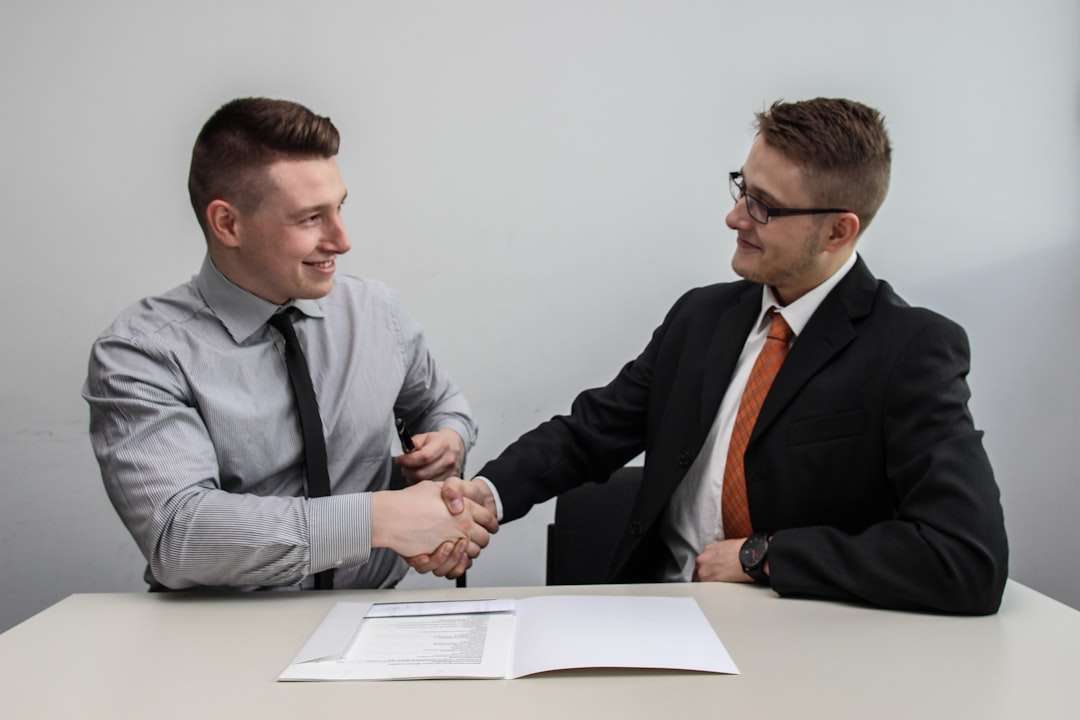Car Accident Emergency Room: What to Expect
After a car accident, the emergency room (ER) can be a whirlwind of activity. It’s important to know what to expect so you can be prepared. Here’s an overview of what you can expect when you visit the ER after an accident.
Triaged
When you arrive at the ER, you’ll be triaged. This means that a nurse will assess your injuries and prioritize your care. The triage nurse will ask you about your symptoms and medical history. They’ll also perform a physical examination. Based on the triage nurse’s assessment, you’ll be assigned a triage level. The triage level determines how quickly you’ll be seen by a doctor.
Examined
Once you’ve been triaged, you’ll be examined by a doctor. The doctor will ask you about your symptoms and medical history. They’ll also perform a physical examination. The doctor may order tests, such as X-rays or CT scans, to help diagnose your injuries. Depending on your injuries, you may need to be admitted to the hospital for further treatment.
Treated
If you’re admitted to the hospital, you’ll be treated by a team of doctors and nurses. The treatment you receive will depend on your injuries. You may need surgery, medication, or physical therapy. The goal of treatment is to help you recover from your injuries and get you back to your normal life as quickly as possible.
Released
Once you’ve been treated, you’ll be released from the hospital. The doctor will give you instructions on how to care for yourself at home. You may also need to follow up with the doctor for regular checkups. Following the doctor’s instructions will help you recover from your injuries and prevent complications.
Car Accident Emergency Room
The aftermath of a car accident can be a terrifying and confusing time. If you’re lucky enough to walk away from the wreckage, you may find yourself in the emergency room, unsure of what to expect. Here’s a guide to help you navigate the process and get the care you need.
Arriving at the Hospital
When you arrive at the hospital, you’ll be triaged by a nurse to determine the severity of your injuries and the urgency of your care. This process typically involves asking you a series of questions about your symptoms and medical history. The nurse will also take your vital signs and perform a physical exam. Based on your triage assessment, you’ll be assigned a priority level and placed in a treatment area.
If your injuries are minor, you may be able to see a doctor right away. However, if your injuries are more serious, you may have to wait for a longer period of time before you’re seen. This is because the emergency room staff will prioritize patients with life-threatening injuries first.
What to Expect in the Emergency Room
Once you’re in the treatment area, you’ll be seen by a doctor who will perform a more thorough examination of your injuries. The doctor may order X-rays, CT scans, or other tests to help diagnose your injuries. The doctor will also discuss your treatment options with you and make recommendations for your care.
Depending on the severity of your injuries, you may be discharged from the emergency room after a few hours or you may need to be admitted to the hospital for further treatment. If you’re admitted to the hospital, you’ll be assigned to a room and a team of doctors and nurses will care for you.
The emergency room can be a busy and stressful place, but the staff is there to help you. Don’t be afraid to ask questions or voice your concerns. The more information you can provide, the better the staff can care for you.
Car Accident Emergency Room
In the chaotic aftermath of a car accident, the emergency room becomes your sanctuary—a place where skilled professionals work tirelessly to triage your injuries and pave the way for your recovery. Navigating this critical juncture can be daunting, so here’s a comprehensive guide to help you understand what to expect in a car accident emergency room.
Initial Assessment
Upon arrival at the emergency room, you’ll undergo a thorough physical examination to determine the extent of your injuries. The staff will meticulously check for:
- Visible injuries: Lacerations, abrasions, and broken bones
- Internal injuries: Bleeding or damage to internal organs
- Neurological injuries: Head trauma, spinal cord injuries, or nerve damage
Based on their findings, the medical team will prioritize your treatment and administer appropriate medications to alleviate pain and prevent further damage.
Diagnostic Tests
If necessary, diagnostic tests may be ordered to provide a more detailed picture of your injuries. These tests can include:
- X-rays: To reveal fractures, bone misalignments, or foreign objects
- CT scans: To visualize soft tissues, organs, and the brain
- MRI scans: To detect spinal cord injuries or ligament damage
Treatment Plan
Once a clear diagnosis has been established, the medical team will devise a tailored treatment plan that may include:
- Medication: Pain relievers, antibiotics, or anti-inflammatory drugs
- Sutures or dressings: To close wounds and prevent infection
- Splints or casts: To immobilize broken bones and promote healing
- Physical therapy: To restore range of motion and prevent stiffness
- Surgery: In severe cases, surgery may be required to repair internal injuries or stabilize fractures
Recovery and Follow-Up Care
After receiving initial treatment, you’ll be given comprehensive instructions for your recovery, such as:
- Activity restrictions: To prevent further injury or complications
- Medication schedule: To manage pain and prevent infection
- Follow-up appointments: To monitor your progress and remove any stitches or casts
Remember, your recovery is an ongoing process that requires patience and adherence to the doctor’s recommendations. By following their guidance and actively participating in your rehabilitation, you can maximize your chances of a full and speedy recovery.
Car Accident Emergency Room: What to Expect
If you’ve been involved in a car accident, it’s important to seek medical attention immediately. Even if you don’t feel injured, you may have hidden injuries that could develop into serious problems later on. The emergency room is the best place to get checked out and treated for any injuries you may have sustained.
When you arrive at the emergency room, you’ll be triaged by a nurse. Triage is a process of sorting patients based on the severity of their injuries. Patients with the most serious injuries will be seen first. Once you’ve been triaged, you’ll be taken to a treatment room where you’ll be examined by a doctor.
The doctor will ask you about your symptoms and perform a physical examination. Depending on your symptoms, you may also undergo imaging tests such as X-rays, CT scans, or MRIs. Imaging tests will help the doctor to further evaluate your injuries and determine the best course of treatment.
Imaging Tests
Imaging tests such as X-rays, CT scans, and MRIs can provide valuable information about your injuries. X-rays can show broken bones and other injuries to the bones. CT scans can provide more detailed images of your bones and soft tissues. MRIs can provide even more detailed images of your soft tissues, including your muscles, ligaments, and tendons.
Your doctor will decide which imaging tests are right for you based on your symptoms and physical examination. If you have any concerns about imaging tests, be sure to talk to your doctor before the tests are performed.
Treatment
The treatment for your injuries will depend on the severity of your injuries. If you have minor injuries, you may only need to rest and take pain medication. If you have more serious injuries, you may need surgery or other medical treatment.
It’s important to follow your doctor’s instructions carefully and to attend all of your follow-up appointments. This will help you to ensure that your injuries heal properly and that you avoid any complications.
Recovery
The recovery process from a car accident can take time. It’s important to be patient and to listen to your body. Don’t try to do too much too soon. As you recover, you may need to make some lifestyle changes, such as modifying your diet or getting regular exercise. Talk to your doctor about a rehabilitation plan that is right for you.
Navigating the Car Accident Emergency Room
In the aftermath of a car accident, your body can be in shock. It’s important to know what to expect in the emergency room (ER) so you can make informed decisions about your care. Here’s a guide to help you through this stressful experience.
Treatment
Treatment for car accident injuries varies widely depending on the severity of the collision and the extent of your injuries. Common treatments include pain medication, antibiotics, splinting, casting, or surgery. Your doctor will determine the best course of action based on your individual needs.
Waiting Time
ER wait times can be long, especially after a major accident. Don’t get discouraged if you have to wait several hours before being seen. The staff is doing its best to triage patients and provide care to those who need it most. In the meantime, try to relax and rest as much as possible.
Tests and Procedures
Once you’re seen by a doctor, you may undergo a variety of tests and procedures to assess your injuries. These may include X-rays, CT scans, blood tests, and urinalysis. The doctor will use these results to determine the extent of your injuries and develop a treatment plan.
Recovery
Recovery from a car accident can take time. It’s important to follow your doctor’s instructions carefully and attend all follow-up appointments. This will help ensure that you heal properly and minimize the risk of complications.
Financial Concerns
Car accident injuries can be expensive to treat. If you don’t have health insurance, you may be worried about how you’re going to pay for your medical bills. There are several resources available to help, such as government programs, non-profit organizations, and payment plans.
Car Accident Emergency Room: What to Expect
If you’ve been in a car accident, you know that the aftermath can be overwhelming. You may be injured, disoriented, and unsure of what to do next. One of the most important things you can do is to seek medical attention immediately. The emergency room (ER) can provide you with the care you need to get back on your feet.
Here’s what you can expect when you visit the ER after a car accident:
Triage
When you arrive at the ER, you will be triaged by a nurse. Triage is the process of assessing the severity of your injuries and determining the order in which you will be seen by a doctor. If you have life-threatening injuries, you will be taken to the trauma center immediately. Otherwise, you will be placed in the waiting room until a doctor is available to see you.
Evaluation
Once you are seen by a doctor, you will be evaluated for injuries. The doctor will ask you about your symptoms and perform a physical examination. They may also order imaging tests, such as X-rays or CT scans, to get a better look at your injuries.
Treatment
Once the doctor has evaluated your injuries, they will develop a treatment plan. This plan may include medication, surgery, or physical therapy. The doctor will also give you instructions on how to care for your injuries at home.
Monitoring and Discharge
After treatment, you will be monitored closely to ensure your stability before being discharged from the emergency room. This may involve monitoring your vital signs, such as your heart rate and blood pressure. The doctor will also ask you about your pain levels and any other symptoms you are experiencing. If you are stable, you will be discharged from the ER with instructions on how to follow up with your doctor.
Follow-Up Care
After you are discharged from the ER, it is important to follow up with your doctor as directed. This will allow the doctor to monitor your progress and ensure that you are healing properly.
Car Accident Emergency Room
In the harrowing aftermath of a car accident, the emergency room becomes a sanctuary of solace and triage. With sirens wailing and adrenaline coursing through your veins, it’s paramount to seek immediate medical attention. The emergency room is not just a place to patch up wounds; it’s a lifeline that can make all the difference in your recovery.
Upon arriving at the ER, expect a flurry of activity. Nurses and doctors will assess your injuries, stabilize your condition, and provide pain management. They may conduct X-rays, CT scans, or other diagnostic tests to determine the extent of your injuries. Remember, every second counts when it comes to ensuring your well-being.
Follow-Up Care
Once you’re discharged from the ER, it’s crucial to schedule follow-up appointments with your primary care physician or a specialist. These appointments will allow them to monitor your recovery, address any ongoing issues, and recommend physical therapy or rehabilitation if necessary.
Physical Impacts
Car accidents can inflict a wide range of physical injuries, from cuts and bruises to broken bones and traumatic brain injuries. It’s essential to seek medical attention promptly, even if your injuries seem minor. Internal bleeding, for instance, may not manifest immediately but can have life-threatening consequences.
Emotional Trauma
In addition to physical pain, car accidents can also trigger emotional trauma. The shock, fear, and anxiety can linger long after the accident. Don’t hesitate to seek support from a therapist or counselor to process these emotions and develop coping mechanisms.
Legal Considerations
If you or someone you know has been involved in a car accident, it’s wise to consult with an attorney. They can guide you through the legal process, ensure your rights are protected, and help you recover damages for your injuries.
Financial Concerns
Car accidents can also result in substantial financial burdens, including medical expenses, lost wages, and property damage. Insurance companies may cover some of these costs, but it’s crucial to understand your policy and explore all available options to minimize your financial liability.
Lessons Learned
While car accidents are often unavoidable, there are lessons to be learned from these harrowing experiences. Pay attention to road conditions, obey traffic laws, and avoid distractions. Even the most minor lapse in concentration can have catastrophic consequences. Remember, the safety of yourself and others is paramount.




Leave a Reply